Mint, peppermint, spearmint, applemint — what’s with all the mint names? Are they the same or different?

To keep it short and simple, mint is just a hypernym of the Mentha plant family, meaning there is not just one mint variety — there are hundreds — with peppermint and spearmint being the best-known ones.
As a matter of fact, spearmint is often what you get when you buy mint as a herb at the market. So, when we speak of mint, we’ll be referring to spearmint because that’s the name under which the herb is often marketed.
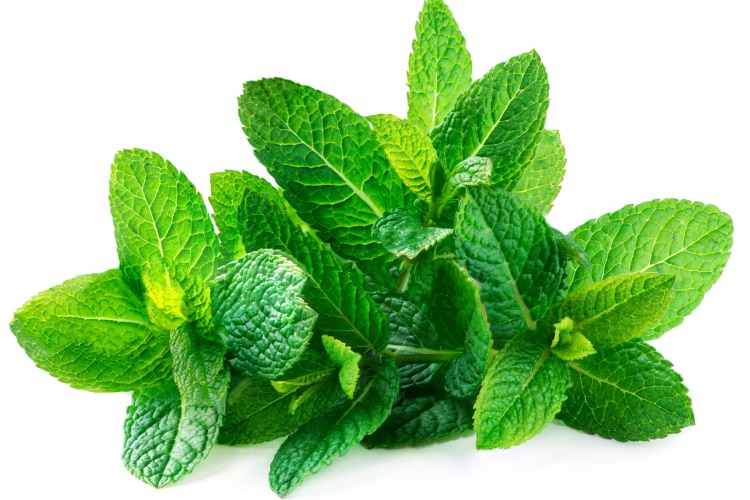
We’ll also introduce you to the other famous mint varieties. But, first and foremost, let’s distinguish between mint (spearmint) and peppermint.
Difference Between Peppermint and Mint
The main difference between peppermint and mint is the presence of menthol. Peppermint yields 40% menthol, whereas spearmint has just 0.5%.
The scientific term for the Lamiaceae mint family is Mentha. These evergreen plants are native to Eurasia but are now found on every continent.
All members of the Mentha family have square stems, and the leaves grow in pairs. There are 25 types, but botanists say there are many cross-breeds, boosting that number to 600!
The most popular mint kinds are peppermint and spearmint. Let’s compare them in detail.
Origin: Spearmint, commonly known as Mentha spicata, is a species of mint in the Lamiaceae family. Mentha piperita, or peppermint, is a hybrid of the Lamiaceae mint family, a cross between spearmint and watermint.
Appearance: Peppermint leaves are larger and have sharper edges. Peppermint is also less fluffy. Spearmint has smaller leaves that are more spherical in form and hairier leaves and stems.
Color: Peppermint is a typically darker green color than spearmint. The blooms of spearmint are blue or pink, whereas the blossoms of peppermint are purple.
Plant height: Peppermint is a low-creeping plant that grows around 1 — 3ft tall. Spearmint is a straight plant that may grow up to 3ft tall.
Ability to spread: Only a 3ft spread is possible for peppermint in the surrounding foliage. On the other hand, spearmint has virtually limitless potential for growth over the entire vegetation.
Flavor: Of all the minty species, peppermint is renowned for having the greatest menthol taste. On the other hand, spearmint has a considerably more delicate flavor that is also a bit sweet.
Smell: The aroma of peppermint is powerful and minty. Spearmint has a more delicate, fruitier scent.
Cooking usage: Spearmint is often the mint of choice for savory dishes, while peppermint is the preferred herb for sweet dishes since it goes well with citrusy and chocolatey flavors.
Peppermint vs Mint Comparison Table
| Peppermint | Spearmint | |
|---|---|---|
| Botanical Name | Mentha piperita | Mentha spicata |
| Type of Mint | Hybrid of peppermint and water mint | Primal variety |
| Menthol Percentage | 40% | 0.5% |
| Appearance | Larger and sharper edges, less fluffy | Smaller and more spherical leaves, as well as hairier leaves and stems |
| Color | Darker green leaves with purple blossoms | Lighter green with blue or pink blossoms |
| Height | Low-creeping plant that grows around 1 to 3 ft tall | A straight plant that may grow up to 3 ft tall |
| Ability to Spread | 3ft spread | Virtually limitless potential for growth |
| Flavor | Rich menthol taste | More delicate flavor that is also a bit sweet |
| Smell | Strong and minty | Delicate and fruity |
| Cooking Usage | Sweet dishes | Savory dishes |
Nutritional Content Breakdown: Which One Is Healthier?
| Category (100 grams) | Peppermint | Spearmint |
|---|---|---|
| Calories | 70 | 44 |
| Carbs | 14.89g | 8.41g |
| Fat | 0.94g | 0.73g |
| Potassium | 569mg | 458mg |
| Sodium | 31mg | 30mg |
| Saturated fat | 0.246g | 0.191g |
| Protein | 3.75g | 3.29g |
| Fiber | 8g | 6.8g |
| Sugars | 0g | 0g |
| Vitamins & Minerals | ||
| Calcium | 243mg | 199mg |
| Iron | 5.08mg | 11.87mg |
| Vitamin A | 4248IU | 1054IU |
| Vitamin B6 | 0.129mg | 0.158mg |
| Vitamin B3 | 1.706mg | 0.948mg |
| Vitamin K | 31.mg | 13.3mg |
| Magnesium | 80mg | 63mg |
| Phosphorous | 71mg | 60mg |
| Zinc | 1.11mg | 1.09mg |
| Copper | 0.329mg | 0.24mg |
| Folate | 114µg | 105µg |
The amount of Vitamin A and C in peppermint tea is higher than that in spearmint tea. However, spearmint is lower in calories and higher in iron and Vitamin B6. Peppermint makes up for its higher-calorie content with more significant vitamin and mineral content. Based on the nutritional table below, peppermint is the more nutritious option, but both are equally healthy.
Nevertheless, let’s see what the Mentha plants are most beneficial for:
- Mint eases congestion in the bronchi, lungs, throat, and nose but also relieves hay fever and allergy symptoms.
- Menthol, the primary ingredient in mint, has antibacterial and antiseptic qualities that aid digestion;
- Patients with asthma and others who suffer from respiratory ailments may find that consuming mint is quite calming.
- Salicylic acid and vitamin A, which are abundant in mint leaves, have been known to treat acne and redness.
Both spearmint and peppermint are loaded with nutrients, and adding them to your diet is effortless. Mint leaves are a delicious addition to drinks, salads, rice dishes, and, most importantly, teas. You can also add fresh leaves to water, smoothies, and juices.
Can I Substitute Peppermint for Mint and Vice Versa?
Menthol content is substantially greater in peppermint, giving the herb its distinctive cooling taste and scent. Despite having comparable qualities, peppermint and spearmint are not perfect alternatives for one another because of the variation in menthol content.
If you’re making a drink or a dessert, add peppermint since its high menthol content goes well with heavier tastes like chocolate. The soft sweet tones of spearmint, on the other hand, enhance savory recipes like pesto sauce or spring wraps.
Peppermint complements winter-themed drinks like Peppermint Chocolate Martinis or Peppermint Mochas and desserts like Peppermint Cheesecake and Bavarian Mints. Spearmint complements spring and summer meals like a refreshing fruit salad with honey and orange juice, tomato soup (with a bonus on how to serve it), and minty one-pot pasta.
Other Popular Mint Varieties
We’ve met the two most popular mint plants — peppermint and spearmint — but the mint family doesn’t end here. As we already mentioned, there are more than 600 varieties of mint! Below we share a handful of them.
Ginger Mint
Gingermint has a classic mint flavor with a touch of ginger. It has a noticeable refreshing mint flavor that is mostly sweet, with a hint of spice at the finish.
When used in cooking, it goes well with cooked dishes like pasta and soups, as well as with fresh ingredients like fresh tomatoes or melons.
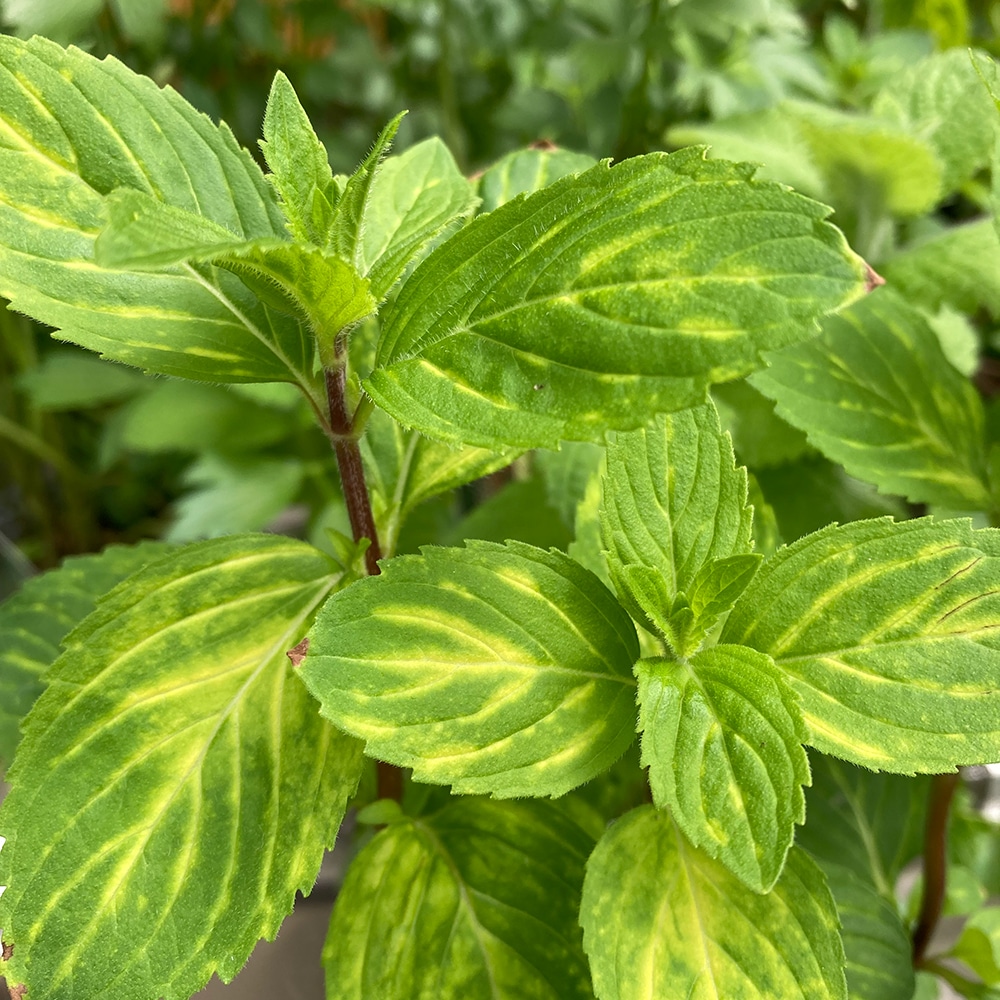
Ginger mint is most frequently used as an antibacterial and digestive aid. Fever, headaches, and minor digestive issues can all be treated with a tea brewed from ginger mint leaves.
Chocolate Mint
The flavor of chocolate mint leaves is delightfully minty and chocolatey, similar to the traditional Girl Scout biscuit.
Like the other mint family members, chocolate mint has comparable medical benefits for treating fever, stomachaches, and other conditions.
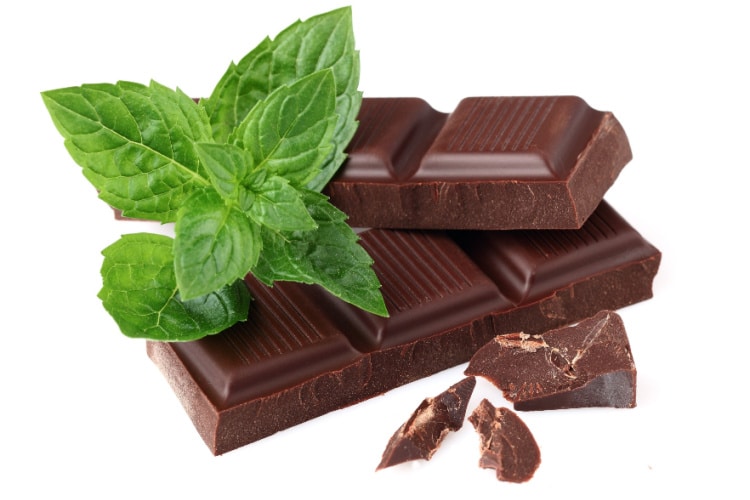
It’s frequently used in hot beverages with a minty flavor, like hot chocolate, tea, or even coffee, and in desserts like ice cream, chocolate mousse, and brownies.
Pineapple Mint
Although it’s a member of the mint family, pineapple mint has a sweeter and fruitier flavor.
This herb has a long history of medical usage, including treating indigestion, respiratory issues, and nausea. These uses are attributed to its essential oils, antimicrobial, and antioxidant qualities.
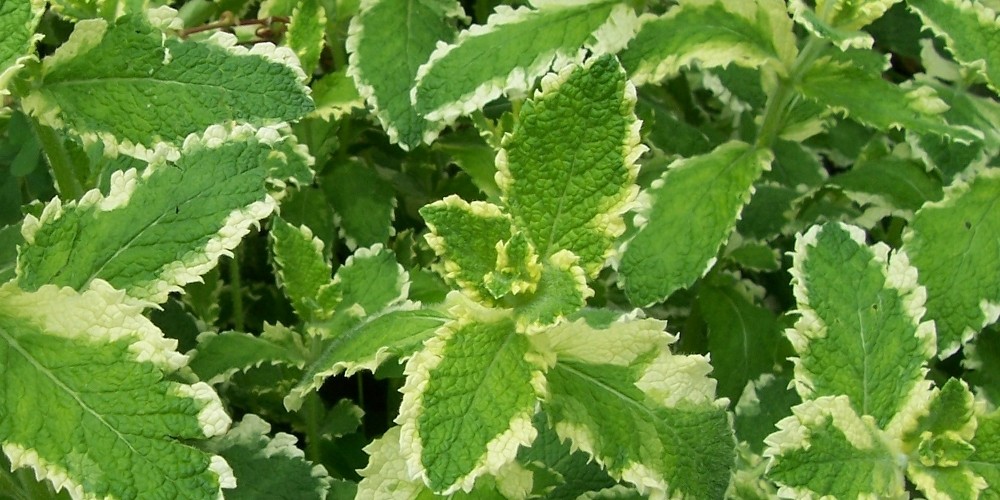
Lamb and chicken go great together with pineapple mint. It imparts a sweet yet lively flavor that enhances the deliciousness of fresh dips like salsas and chutneys.
Basil Mint
Basil mint may be used in various ways, including raw in salads and cooked in dishes like Thai red curry beef or Zucchini pizza.
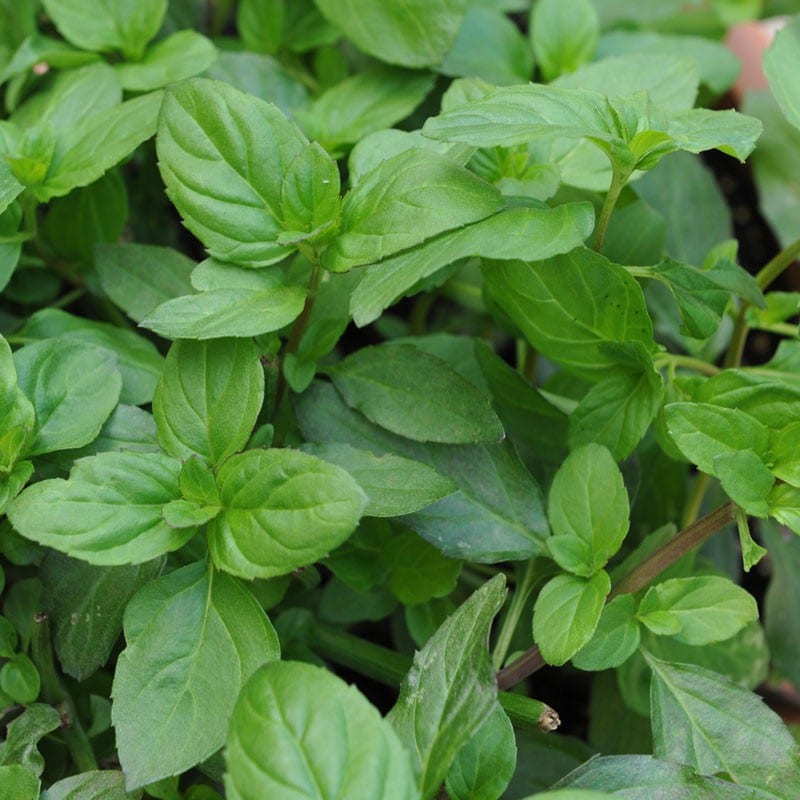
Basil mint pairs nicely with pasta meals that contain tomatoes. Just remember that because the flavor is mild, the leaves should be put toward the end of cooking.
This variety possesses antibacterial qualities, much like other mints. It may be used to make tea to improve digestion, relieve headaches and fevers, or rinse the throat.
Conclusion
This ends our minty chit-chat on the difference between peppermint and mint!
Each type of mint has a particular flavor, but the two most popular are spearmint and peppermint. Peppermint, with its minty fragrance and flavor, is a stronger — if not the strongest — herb in terms of intensity. This is due to the fact that its mint content is 40%, whereas spearmint has a concentration of only 0.5%.
If you can’t differentiate between the two and the food has a prominent menthol flavor, then it’s more likely for the dish to have peppermint in it.
If a product or recipe calls for mint but doesn’t specify which kind, this typically means spearmint. Spearmint is more frequently used to complement a dish’s flavor rather than to overpower it!







